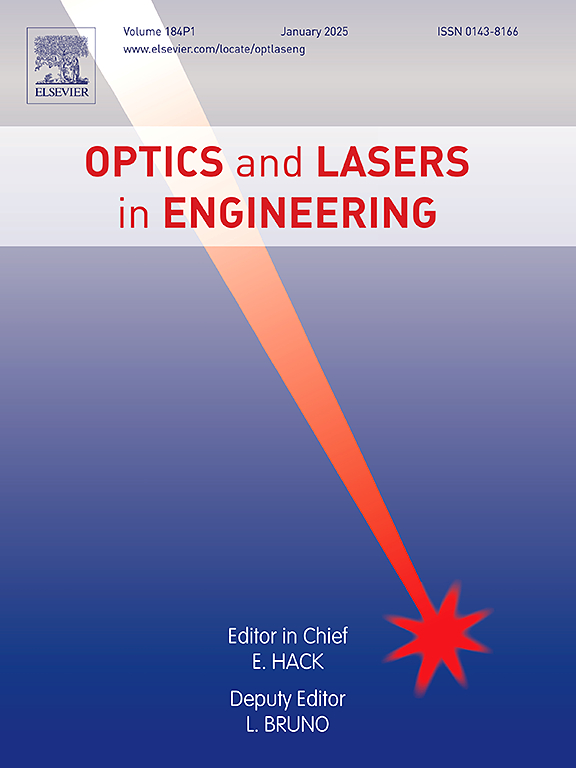EUV光刻集电极镜的计算计量方法
IF 3.5
2区 工程技术
Q2 OPTICS
引用次数: 0
摘要
在集电极镜上制备的光栅结构的表征和测量是实现极紫外光刻光源高光谱纯度的关键。本文提出了一种两步法测量EUVL集热器上变形光栅结构的方法。建立了一种高效、准确的标量衍射模型,用于集电极光栅的变形分析。然后,采用两步法,其中“Go, No-Go”模型作为第一步,直接识别光栅是否合格,减少不必要的计算。第二步,针对不合格的集热器光栅,提出了改进的多目标粒子群优化模型,对集热器光栅的关键尺寸参数进行了精确的定量重构。该方法为集电极测量的逆散射问题提供了一种新的解决方案。它消除了复杂的数值计算和对大型数据集的依赖,同时仍然提供准确的结果,这对于在线尺寸计量是有希望的。本文章由计算机程序翻译,如有差异,请以英文原文为准。
Computational metrology method of collector mirror for EUV lithography
The characterization and measurement of the grating structures fabricated on the collector mirror are critical for achieving high spectral purity of the extreme ultraviolet lithography (EUVL) light source. In this paper, we propose a two-step method to enhance metrology for measuring the deformed grating structures on the EUVL collector. A scalar diffraction model is established for the deformation analysis of the collector gratings with high efficiency and accuracy. Then, a two-step method is applied, of which a “Go, No-Go” model acts as the first step to directly identify whether the gratings are qualified, reducing unnecessary calculations. As the second step, only for those unqualified gratings, an improved multi-objective particle swarm optimization model is brought out to accurately make a quantitative reconstruction on the key dimensional parameters of the collector gratings. The proposed method offers a novel scheme for facilitating the inverse scattering problem of the measurement on collector gratings. It eliminates the need for complex numerical calculations and the reliance on a large dataset while still providing accurate results, which is promising for the inline dimensional metrology.
求助全文
通过发布文献求助,成功后即可免费获取论文全文。
去求助
来源期刊

Optics and Lasers in Engineering
工程技术-光学
CiteScore
8.90
自引率
8.70%
发文量
384
审稿时长
42 days
期刊介绍:
Optics and Lasers in Engineering aims at providing an international forum for the interchange of information on the development of optical techniques and laser technology in engineering. Emphasis is placed on contributions targeted at the practical use of methods and devices, the development and enhancement of solutions and new theoretical concepts for experimental methods.
Optics and Lasers in Engineering reflects the main areas in which optical methods are being used and developed for an engineering environment. Manuscripts should offer clear evidence of novelty and significance. Papers focusing on parameter optimization or computational issues are not suitable. Similarly, papers focussed on an application rather than the optical method fall outside the journal''s scope. The scope of the journal is defined to include the following:
-Optical Metrology-
Optical Methods for 3D visualization and virtual engineering-
Optical Techniques for Microsystems-
Imaging, Microscopy and Adaptive Optics-
Computational Imaging-
Laser methods in manufacturing-
Integrated optical and photonic sensors-
Optics and Photonics in Life Science-
Hyperspectral and spectroscopic methods-
Infrared and Terahertz techniques
 求助内容:
求助内容: 应助结果提醒方式:
应助结果提醒方式:


